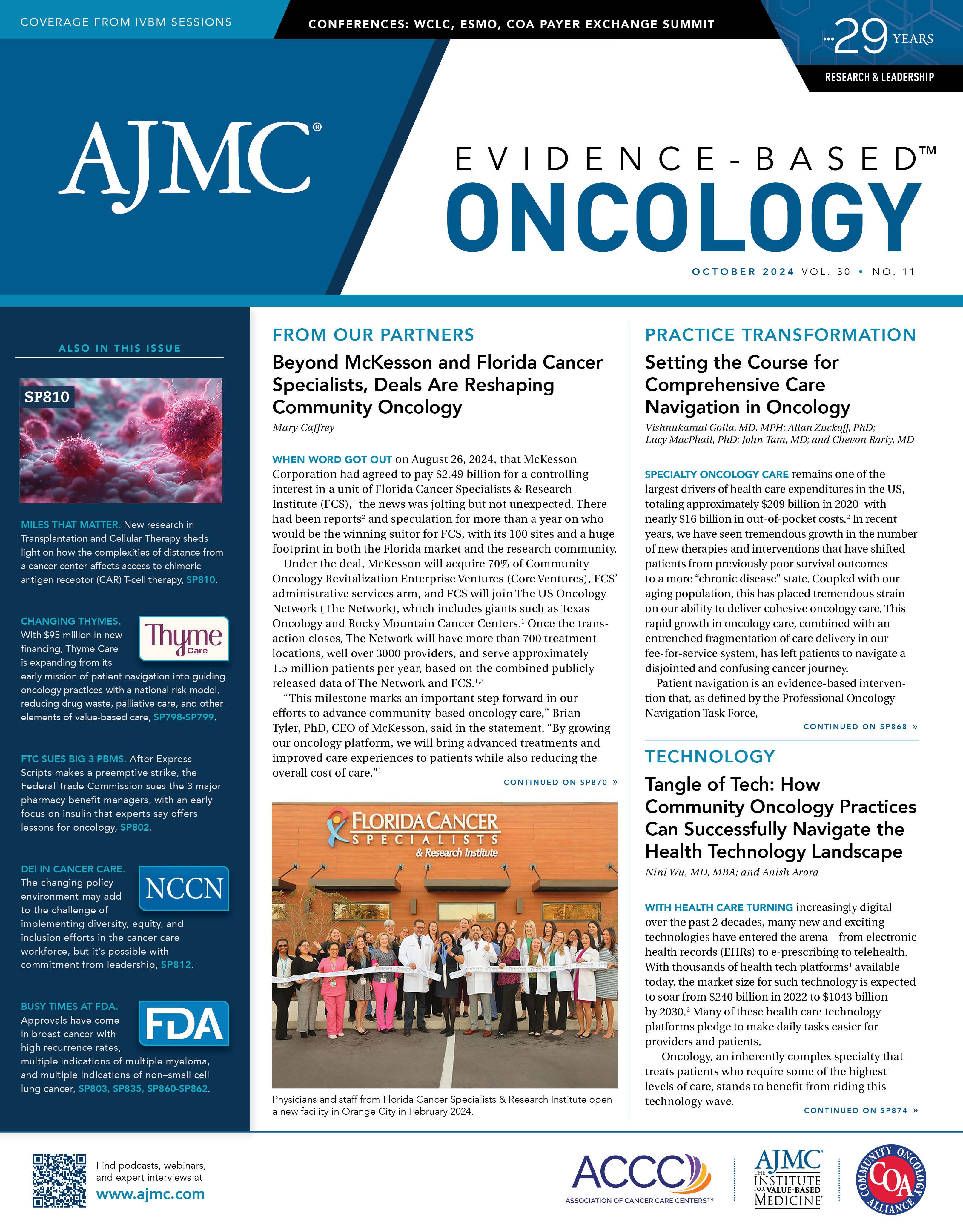- Center on Health Equity & Access
- Clinical
- Health Care Cost
- Health Care Delivery
- Insurance
- Policy
- Technology
- Value-Based Care
Putting a Spotlight on Innovation, Collaboration in Specialty Value-Based Care
The Institute for Value-Based Medicine event hosted by The American Journal of Managed Care (AJMC) in Nashville, Tennessee, on August 22, 2024, spotlighted various perspectives on specialty value-based care and explored how innovation and entrepreneurship can help adapt to the evolving
Katherine Baker, MD, MMHC | Image: Tennessee Oncology

Samyukta Mullangi, MD, MBA | Image: AJMC

Leah Owens, DNP, RN, BMTCN, OCN | Image: Tennessee Oncology

health care landscape.1 Presented by AJMC and Tennessee Oncology, the event featured Katherine Baker, MD, MMHC; Samyukta Mullangi, MD, MBA; and Leah Owens, DNP, RN, BMTCN, OCN, as cochairs, with sessions on leveraging entrepreneurship and innovation to transform specialty value-based care delivery.
Health Care Leaders Emphasize Importance of Innovation, Collaboration
Baker moderated a discussion with 3 health care leaders in Nashville: Fahad Tahir, MAS, MBA, FACHE, president and CEO of Ascension Saint Thomas; Alex Jahangir, MD, MMHC, senior vice president, associate chief medical officer, and orthopedic surgeon at Vanderbilt University Medical Center (VUMC); and medical oncologist Natalie Dickson, MD, MMHC, FASCO, FACP, president and CEO at Tennessee Oncology.
Fahad Tahir, MAS, MBA, FACHE | Image: Ascension Saint Thomas
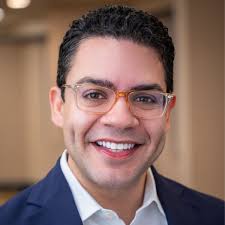
Alex Jahangir, MD, MMHC | Image: Vanderbilt University Medical Center
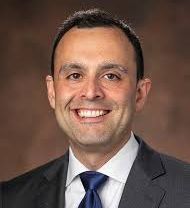
Natalie Dickson, MD, MMHC | Image: Tennessee Oncology
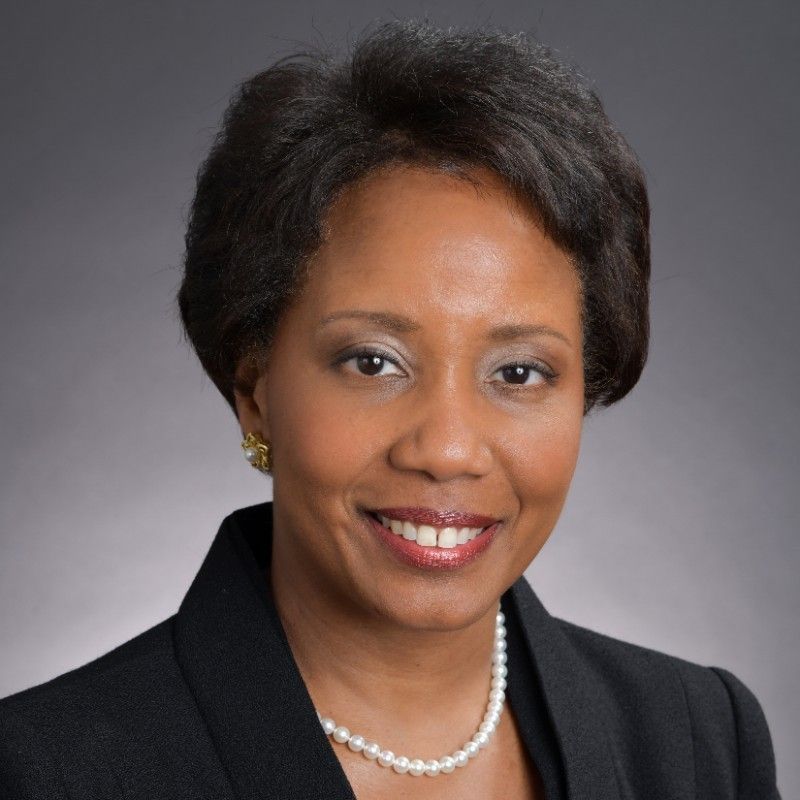
Each leader shared how their organization approaches innovation and entrepreneurship in the value-based care space. Tahir emphasized Ascension Saint Thomas’s commitment to advancing health care delivery and fostering collaboration, explaining that the organization actively seeks out like-minded physician partners and health plans to challenge traditional health care delivery methods and reduce costs through cross-disciplinary innovation.
Tahir also highlighted Ascension Ventures, the venture capital fund established by Ascension Saint Thomas to help support and accelerate early-stage organizations with novel clinical innovations that solve problems and create value for patients, employers, and health plans. Through Ascension Ventures, the organization started working with Suki AI, a voice-enabled artificial intelligence assistant to help physicians with coding and documentation; Tahir noted that it is being piloted by 60 physicians, with 700 in the pipeline.
Similarly, Dickson described how Tennessee Oncology recently formalized its own innovation efforts under the McKay Institute for Oncology Transformation, an innovation hub named after Charles McKay, MD, the oncology practice’s first CEO. She noted that the McKay Institute offers a platform for physicians and administrators to address complex health care challenges.
For instance, the McKay Institute received a grant from the Tennessee state government for the NEST (navigated, embedded, supportive care via telehealth) project.2 This project aims to determine the barriers to telehealth in rural communities and explore ways to provide telehealth and support services.
Jahangir highlighted VUMC’s Brock Family Center for Applied Innovation, which was funded with a $10-million grant by the Brock family in January 2023.3 He explained that the center is designed to foster innovative ideas and partnerships within the health system. VUMC has also launched other entrepreneurial initiatives, including developing its own durable medical equipment and supply chain companies to meet internal needs.1
Lastly, Baker asked the panelists to discuss how different types of health systems—academic centers, community systems, and private practices—engage in innovation and entrepreneurship and how they can collaborate to drive impactful advancements in health care delivery. Jahangir responded first, addressing the perceived tension between Nashville’s 3 major health systems: Essentia Health, TriStar Health, and VUMC. He clarified that such tension is minimal, as all 3 health systems share the mission of delivering the best patient care.
Jahangir highlighted how Nashville’s response to the COVID-19 pandemic tested this shared mission. With hospital beds in short supply nationwide, the 3 health systems collaborated to establish the country’s only unified patient transfer center, which ensured patients had local access to care at one of the major systems. Over 2 months, 700 people were transferred, primarily from unaffiliated or small rural systems. He viewed this as proof of the health systems’ ability to work together, even if it is not evident daily. Consequently, Jahangir hypothesized that there will likely be more collaboration and partnerships as the health systems continue to develop their own innovation centers and technologies.
Partnerships are already growing, as Dickson highlighted the collaboration between Tennessee Oncology and Ascension Saint Thomas to provide chimeric antigen receptor (CAR) T-cell therapy to patients. She explained that Tennessee Oncology had extensive research expertise on CAR-T cell therapy but needed a hospital partner to bring it to patients. Consequently, it partnered with Ascension Saint Thomas, which had hospital-based leukemia care capabilities.
“We’ve worked so closely together for the past 2 years,” Dickson said. “We’ve leveraged our skill sets, and we were able to treat our first outpatient community–based CAR T-cell patient 2 weeks ago.”
Tahir concluded by emphasizing that this collaboration exemplifies how the 2 organizations leveraged their respective expertise to deliver an innovative, high-impact therapy to the community. Without this collaboration, he noted that many patients would lack access to CAR T-cell therapy.
“We [Ascension Saint Thomas] genuinely believe that if we find partners [with] depth and expertise in what they do, and they’re the best at what they do, and we bring our capabilities…together at scale, [then] we can have a much more transformational effect than if we just take a casual approach on something because we want to do it ourselves,” Tahir said.
Panelists Share Diverse Specialty Value-Based Care Perspectives
Owens then moderated a discussion on diverse specialty value-based care, featuring Robin Shah, MBA, CEO and cofounder of Thyme Care; Davey Daniel, MD, medical oncologist at Tennessee Oncology and chief medical officer at OneOncology; and Deirdre Saulet, PhD, market vice president for oncology at Carrum Health.
Robin Shah, MBA | Image: Thyme Care
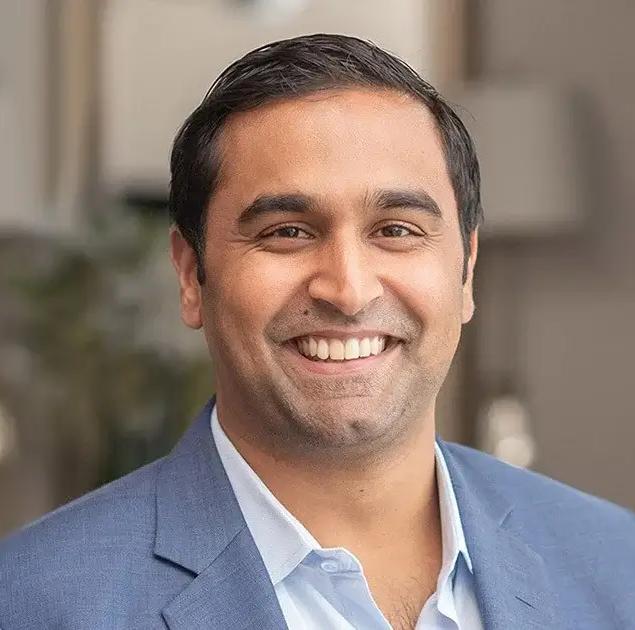
Davey Daniel, MD | Image: Tennessee Oncology

Deirdre Saulet, PhD | Image: Carrum Health
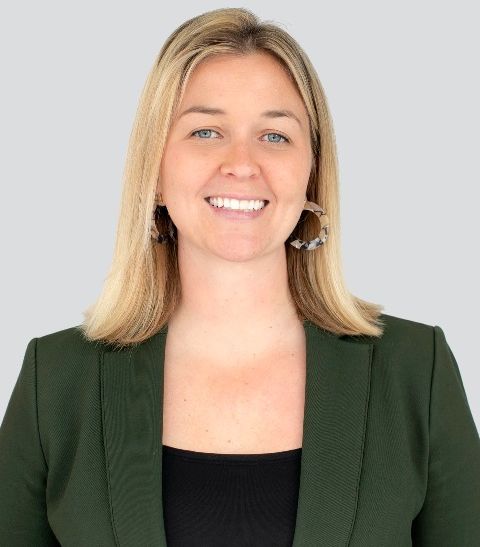
First, Owens asked panelists which metrics they considered most valuable for measuring the success of value-based care programs. Daniel said the most valuable metrics are those that matter to patients: early access to quality palliative care, reduction in total care costs, and minimizing emergency department (ED) visits and hospitalizations. However, he noted that payers often prioritize overall cost reduction.
Saulet explained that when she speaks with employers about metrics, the conversations usually revolve around reducing health care costs while enhancing care quality and patient experience. She highlighted the importance of employers taking a more comprehensive view of cost, which includes both treatment expenses and indirect costs related to employee well-being and productivity.
Owens then asked howeach panelist’s company addresses patient variation in value-based care models. Shah explained that Thyme Care tackles this by comparing the patient populations they manage with historical data. He emphasized that understanding the historical cost baseline and tracking how
populations evolve over time are necessary for accurately assessing shifts in total care costs.
Saulet exemplified patient variation with Carrum Health’s prospective cancer care bundles. She first highlighted that the bundles are challenging due to the complexity of cancer diagnoses and the disease’s unpredictability. Simpler cases are manageable, such as thyroid and nonmetastatic breast cancers, but more complex or metastatic cancers present significant difficulties. She shared that Carrum Health is working with its provider partners to explore alternative value-based payment models that address these challenges while ensuring patients receive appropriate care options.
Next, Owens asked each panelist what they believe is missing from value-based care programs and what improvements they would suggest. Daniel pointed out that these programs struggle to account for the variability and constant innovation in oncology, which makes benchmarking challenging.
Saulet added that Carrum Health sets benchmarks using both historical data and market standards, focusing on long-term performance improvement by monitoring how effectively it keeps patients out of the ED and hospital; this is achieved by investing in patient-centered care and support services. “What is easy to lose track of is the patient and the family and what is actually of value to them,” Saulet said. “We are putting in place payment mechanisms that center decisions that ultimately lead to a better experience for them and hopefully just keep them healthier. I think most of us all trust that [this] is going to ultimately reduce cost of care.”
Additionally, Shah pointed out that single-practice models often lack a population-based approach, resulting in inconsistent experiences within the same population. He emphasized the importance of supporting the entire population, including those who may not yet have a confirmed cancer diagnosis but are seeking guidance and support.
“If they don’t have cancer, that’s great, but if they do, they’ve established a relationship with someone [who] can guide them through that process,” Shah said. “There’s so much vulnerability through that first week, or 2 weeks, or 6 weeks, and getting to the right place quickly is important.”
Saulet then highlighted opportunities for improvement at the end of the cancer care continuum, focusing on both end-of-life care and survivorship. For end-of-life care, she highlighted the importance of honoring patient and family wishes. Regarding survivorship, Saulet noted her advocacy for self-insured employers to cover solutions that address the long-lasting physical, psychosocial, and mental health effects that patients face for 1 to 5 years after treatment.
Owens concluded the discussion by asking the panelists about the impact of these models on patient satisfaction. Daniel argued that although value-based care is already being implemented at the community level, integrating care management and gaining payer support would further enhance care and patient satisfaction. He noted that key quality metrics should include hospital and ED avoidance, along with effective end-of-life palliative care, across entire practices rather than just specific populations.
Shah echoed that not all patients receive the same level of care, especially in low-income or underserved groups, where many lack adequate support and resources. Conversely, he noted that practices with more resources can provide patients with someone to check in on them and show care, which significantly boosts patient satisfaction.
“Patient satisfaction is one of the most important things for us [Thyme Care], and we measure it constantly, but we’ve seen it change so many lives in regard to providing this type of support across the entire country,” Shah said.
Saulet echoed Daniel and Shah’s points, emphasizing the importance of consistency as her organization observes significant variability in members’ experiences with health care nationwide. Therefore, she said that the idea of providing a consistent, hand-holding experience is a “huge value add.”
However, one of her primary concerns is overwhelming or burdening patients, so she also stressed the need for thoughtful integration regarding who is responsible for what, when, and how.
Saulet concluded by highlighting that Carrum Health’s mandatory programs, like those in joint and bariatrics care, are surprisingly yielding higher patient satisfaction. In these programs, employers require patients to use the Carrum benefit for coverage. She noted that more employers are adopting mandatory programs because they consistently generate higher patient net promoter scores than voluntary programs. “It just goes to show how lost so many people are trying to navigate the health care system and how helping them figure this out can go a really long way,” Saulet said.
Key Takeaways and Next Steps
Throughout the night, themes of innovation and entrepreneurship shone through, with health care leaders emphasizing the role of formal innovation efforts in bringing new ideas to fruition. Collaboration emerged as another key theme, exemplified by the partnership between Tennessee Oncology and Ascension Saint Thomas to deliver CAR T-cell therapies to patients.
The discussions also emphasized that the success of specialty value-based care programs should be measured by their ability to enhance patient-centered outcomes, reduce total care costs, and improve care access. Lastly, panelists stressed the importance of care consistency to improve patient satisfaction and outcomes nationwide.
“My hope is that attendees of tonight’s meeting will take back to their organizations a reignited passion for making these value-based care models work, [as well as]…the perspective of the payer and how to financially and operationally make these work,” Baker said in an interview with AJMC.
References
1. Innovating health: entrepreneurship in specialty care delivery. AJMC. Accessed September 12, 2024. https://event.ajmc.com/event/9b196659-7f21-4603-bc36-0948367ed660/summary?Refid=8.22.2024_Tennessee%20Oncology_IVBM_IVBM%20Website&utm_campaign=8.22%2520IVBM&utm_medium=Website&utm_source=Digital
2. Tennessee Oncology launches McKay Institute for Oncology Transformation. Tennessee Oncology. Accessed September 12, 2024. https://tnoncology.com/blog/tennessee-oncology-launches-mckay-institute-for-oncology-transformation/
3. Humphrey N. $10 million gift from Brock family to establish Brock Family Center for Applied Innovation. May 31, 2022. Accessed September 12, 2024. https://news.vumc.org/2022/05/31/10-million-gift-from-brock-family-to-establish-brock-family-center-for-applied-innovation/
